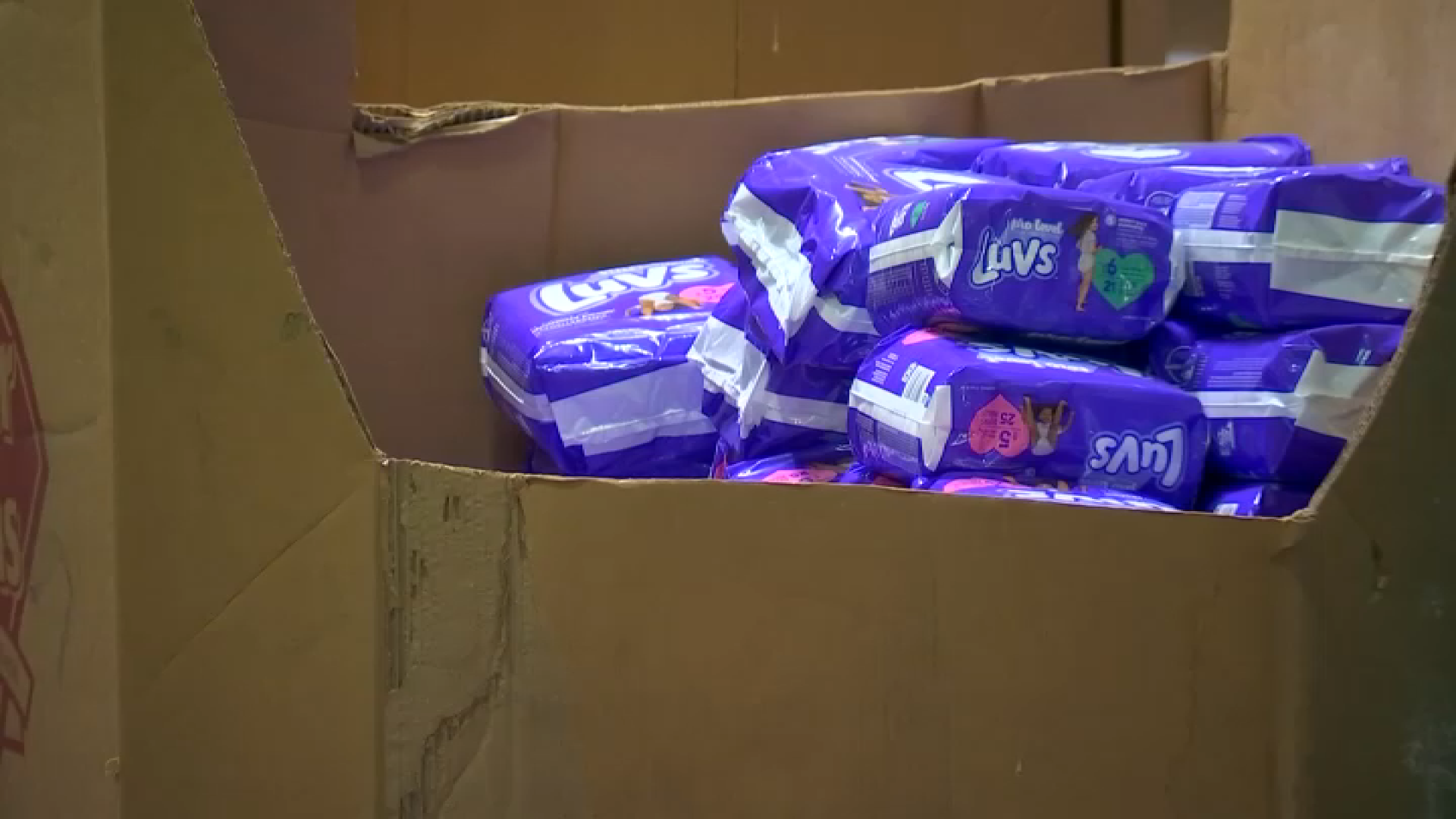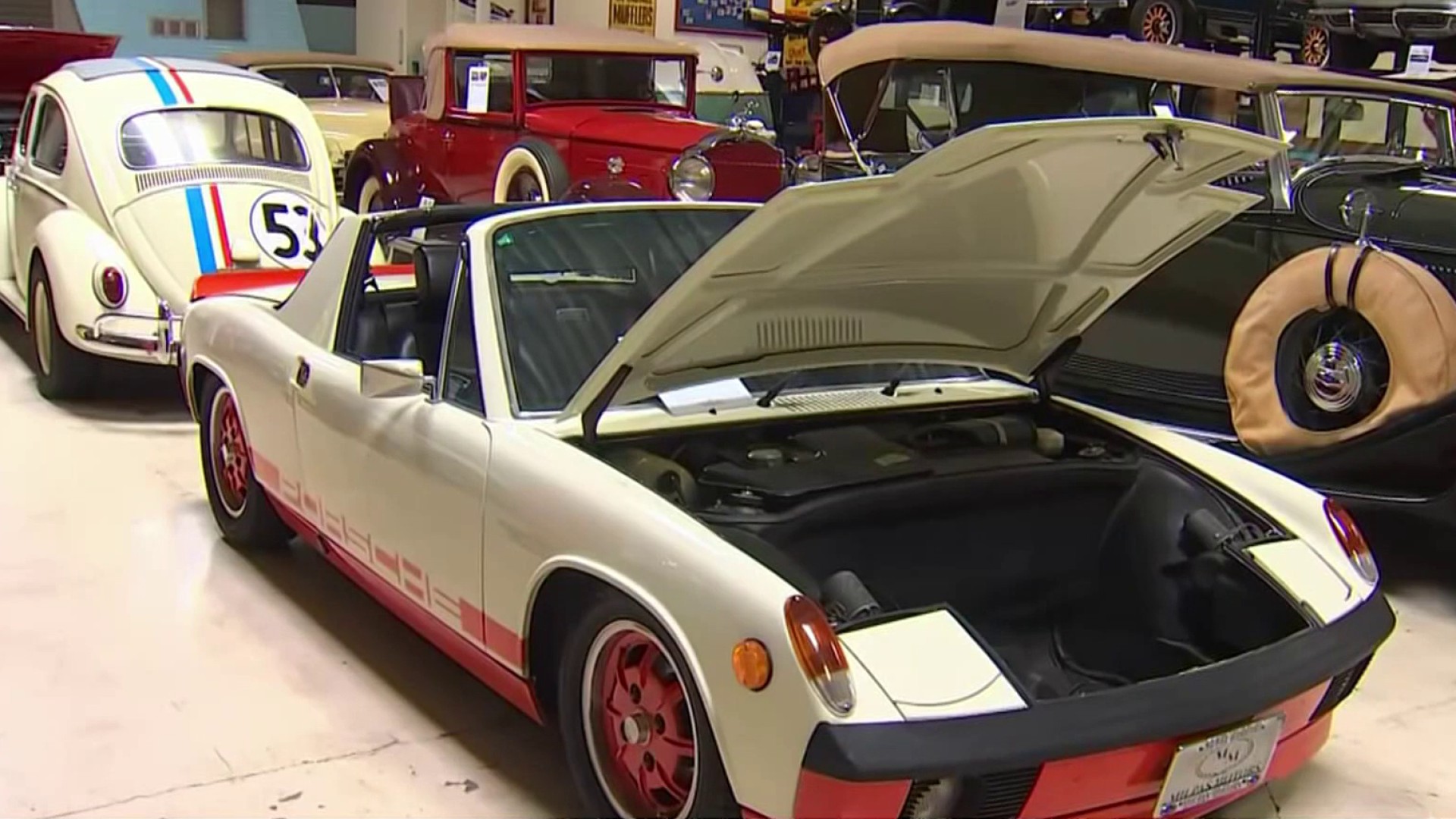This story is part of the series "L.A.'s Nuclear Secret." You can view the complete series here.
A growing number of Southern California elected officials are calling for a full cleanup of radioactive and chemical contamination at a former nuclear and rocket test site tucked in the hills between Los Angeles and Ventura counties.
The call for action comes in the wake of a yearlong NBC4 I-Team investigation exposing evidence that people living near the site may have been exposed to dangerous radiation and chemical contamination.
"It has to be cleaned up to the highest standards," LA County Supervisor Sheila Kuehl told NBC4 about the Santa Susana Field Lab’s contamination, which she says could threaten the health of people in nearby communities. Studies have shown that the soil and groundwater at the field lab is contaminated with toxic chemicals and radioactive waste from rocket tests and nuclear experiments. A 2006 federally-funded study by a research team at UCLA found evidence that this contamination has already migrated to neighboring communities.
Kuehl sent a bluntly worded letter to the head of the California Department of Toxic Substances Control (DTSC), the state agency in charge of regulating and cleaning up toxic sites.
Kuehl wrote to DTSC Director Barbara Lee that, "We urge an end to delays and diversions and efforts to undo the cleanup commitments" made by the Boeing corporation, the current owner of the field lab.
Last summer, Boeing submitted thousands of pages of documents as part of a cleanup proposal for their portion of the Santa Susana Field Lab to the DTSC. Supervisor Kuehl says these documents show that the corporation is asking the state "to allow it to walk away from its cleanup obligations."
News
Top news of the day
In Boeing’s lengthy proposal to the state are the company’s own "risk estimates" of how many people could get cancer, if homes were to be developed on the land of the Field Lab — 2,800 acres of picturesque rolling hills.
"At one portion of the site, Boeing estimates that every fifth person would get cancer from the contamination were they living on the site," according to Kuehl’s letter. "And at another location, Boeing’s own estimate is that 96 out of 100 people exposed would get cancer from the contamination there," the letter says.
No one currently lives on the property and Boeing told NBC4 in a statement that "it will never be used for residential, commercial, industrial or agricultural purposes, but the land will be cleaned up so it is safe enough that houses could be built there if it wasn’t restricted." On it’s website, the company says that it wants to turn the contaminated field lab into "open space," essentially recreational parkland.
Kuehl’s letter says if the company did that, "it would take no cleanup actions" on about 98 percent of the field lab soil for which Boeing is responsible.
"No matter what use you make of the land, the level of contamination that would be left with anything less than a full cleanup would be dangerous," Kuehl told NBC4.
"We need a full cleanup. And nothing short of a full cleanup is reasonable or acceptable," says Los Angeles City Councilman Mitchell Englander, who also signed Kuehl’s letter to the DTSC.
Englander grew up in Canoga Park, about three miles downwind from Santa Susana. His mother died of a brain tumor at age 50, and other family members developed unexplained illnesses.
"I do suspect their illnesses were related (to Santa Susana), as so many other families do," Englander told NBC4.
The councilman is concerned that if the contamination at the field lab isn’t fully cleaned up, more people will get cancers or other illnesses.
When NBC4 asked DTSC Director Barbara Lee last fall if there would be a full cleanup of the contamination at Santa Susana, she replied, "We haven’t determined what the cleanup levels will be."
Englander and Kuehl are now calling on DTSC to "reject Boeing’s requests" that it "not be required to clean up the vast majority of the contaminated soil" at the field lab.
"We can’t pass that along to our children, and our grandchildren," Councilman Englander said.
"We’ve got to get the site absolutely cleaned up," U.S. Congresswoman Julia Brownley told NBC4. Brownley sent her own letter Friday to DTSC Director Lee, reminding her that "cleanup of this site is a high public health and safety priority."
In her letter, Brownley told the agency’s director to "hold Boeing responsible for a full cleanup."
Brownley also said she has received assurances from the U.S. Department of Energy and NASA that they will fully clean up the portions of Santa Susana for which they are responsible. Both agencies have signed agreements promising to fully cleanup their areas of the field lab.
In a statement to NBC4, the DTSC said it appreciates the comments from elected officials, and it’s committed to a "fully protective cleanup" of Santa Susana. You can read the DTSC’s full statement at the end of this article.
Boeing declined an interview but sent us this statement:
"Boeing has made significant progress investigating, cleaning up and restoring Santa Susana. We have already removed a substantial amount of contaminated soil under the direction of two state agencies. We installed state-of-the-art treatment systems for cleaning groundwater and improving stormwater quality. We are ready to move forward and finish the soil cleanup to fulfill our responsibilities outlined in the 2007 agreement, as soon as the final remedy is selected by the state.
We remain resolute in our commitment to perform a comprehensive and fully protective cleanup of Santa Susana. The cleanup will be based on established science and follow the regulatory process with transparency and full community participation. We will restrict Boeing’s property so it will never be used for residential, commercial, industrial or agricultural purposes, but the land will be cleaned up so it is safe enough that houses could be built there if it wasn’t restricted. This level of cleanup is about ten times more protective of human health than is required for the site’s future use as undeveloped open space.
Numerous studies conclude that there is no evidence that past facility operations have affected the health of the local community. In an April 2013 letter to the mayor of Simi Valley, the Department of Toxic Substances Control stated, “To date we have not found evidence of off-site contamination from SSFL that would pose a risk to human health or the environment.” These findings, together with a fully protective cleanup, mean Santa Susana can be safely enjoyed by future generations.
Santa Susana sits within a crucial habitat linkage frequented by mountain lions and many other species. It is a site rich in Native American heritage. We want to protect these invaluable natural and cultural resources for the future, which is why we will take the balanced actions necessary to clean up, preserve and protect Santa Susana as undeveloped open space for the benefit of wildlife and enjoyment by people."
Full statement from the Department of Toxic Substances Control:
"We appreciate the comments from Los Angeles County Supervisor Sheila Kuehl, Los Angeles Councilmember Mitchell Englander, and U.S. Congresswoman Julia Brownley. DTSC is committed to a fully protective cleanup of the Santa Susana Field Lab site with orders in place requiring the three parties responsible ensure that protective standards will be met. DTSC will hold Boeing to the Consent Order of 2007. DTSC expects to complete the review of the Draft Environmental Impact Report in early 2016."



